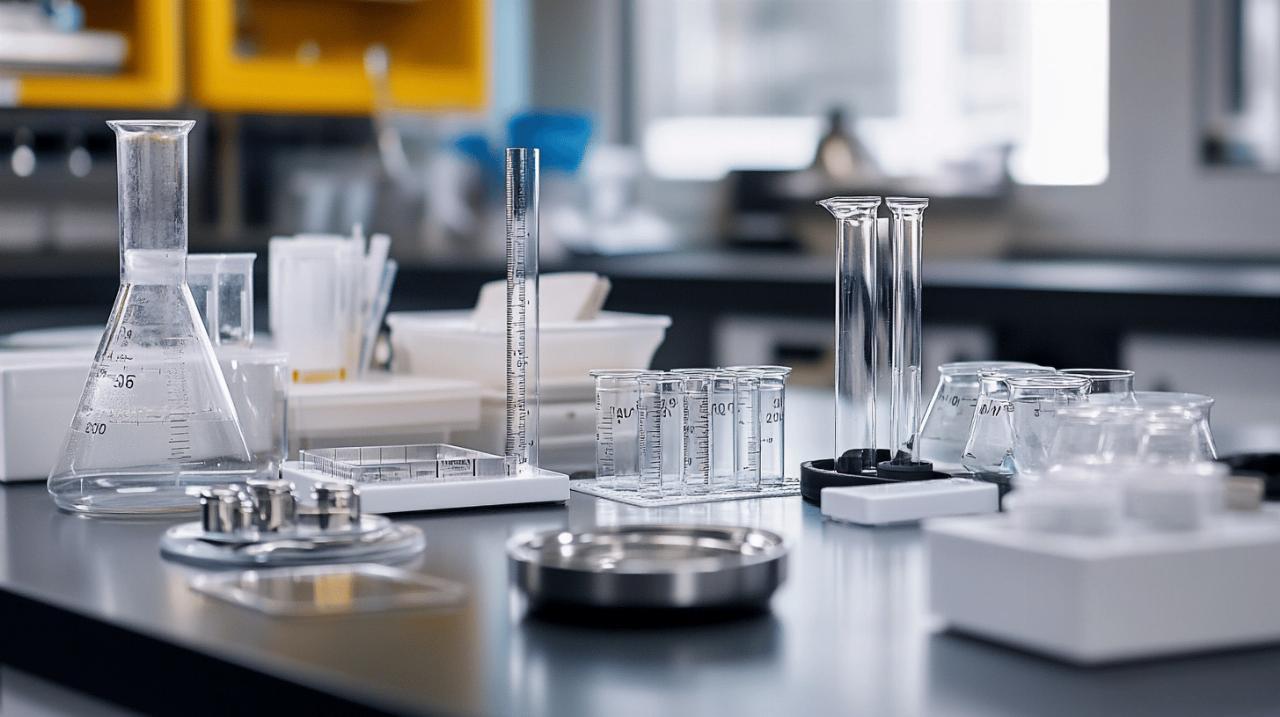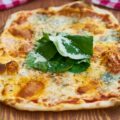Whether you're preparing a Sunday roast, crafting a delicate sponge, or experimenting with new recipes from abroad, accurate liquid measurement is the cornerstone of culinary success. Many home cooks find themselves puzzled when faced with different measurement systems, from millilitres and litres to fluid ounces and pints. Understanding how to navigate litre measuring charts and conversion tables can transform your kitchen confidence, ensuring every dish turns out precisely as intended whilst keeping your equipment spotless and ready for the next creation.
Mastering the Metric System: Understanding Litres, Millilitres, and Beyond
The Fundamentals of Metric Volume Measurements in the Kitchen
The metric system provides a beautifully logical framework for measuring liquids, with the litre serving as the foundation. This standard unit of volume simplifies calculations and removes much of the guesswork from recipe preparation. The beauty of the metric system lies in its decimal structure, where each unit relates to the next by factors of ten, making conversions remarkably straightforward once you grasp the basic relationships. When you're working in the kitchen, you'll most frequently encounter millilitres, particularly for smaller quantities such as flavouring extracts, oils, or cream. A millilitre represents one thousandth of a litre, meaning that one litre contains exactly one thousand millilitres. This relationship becomes second nature once you've used it a few times, and most modern measuring jugs display both units clearly marked along their graduated sides. For practical purposes, a medium glass of water typically holds around two hundred and fifty millilitres, so if you're aiming to drink the recommended two litres of water daily, you'll need approximately eight such glasses. This everyday reference point helps anchor the concept of volume in familiar terms that extend beyond the kitchen.
Converting Between Millilitres, Centilitres, and Decilitres with Confidence
Whilst millilitres and litres dominate British kitchen measurements, you may occasionally encounter centilitres and decilitres, particularly when working with recipes from European sources or specialist cookery books. A centilitre represents one hundredth of a litre, meaning one hundred centilitres make up a full litre. Decilitres are slightly larger, with each one being one tenth of a litre, so ten decilitres equal one litre. Though less common in everyday British cooking, these measurements appear frequently enough that familiarity with them proves valuable. A litre measuring chart displaying all these units side by side eliminates any confusion and allows you to convert swiftly between systems. When scaling recipes up or down, maintaining accurate ratios becomes particularly important, and having a reliable conversion reference ensures that your carefully balanced flavours remain consistent regardless of batch size. The key is recognising that these measurements all stem from the same logical system, so once you understand the basic decimal relationships, converting between them requires nothing more than simple multiplication or division.
Essential kitchen tools for precise liquid measurement
Choosing quality measuring jugs and graduated cylinders
Investing in proper measuring equipment is arguably one of the wisest decisions any home cook can make. A good quality measuring jug should feature clear, easy-to-read markings showing both metric and imperial measurements, with graduations for millilitres, fluid ounces, and possibly pints. The best jugs are made from heat-resistant glass or durable plastic with a sturdy handle and a well-designed pouring spout that prevents drips and spills. Graduated cylinders, whilst less common in home kitchens, offer exceptional precision for smaller volumes and are particularly useful when working with concentrated ingredients or following recipes that demand exactitude. When selecting your measuring vessels, look for those with multiple scales clearly printed on the side, allowing you to read measurements at various levels without mathematical gymnastics. The markings should remain legible after repeated washing, and the vessel itself should be stable enough to sit securely on your worktop whilst you pour. Many cooks find it helpful to maintain several sizes of measuring jugs, from a small one for quantities under half a litre to a larger two-litre version for stock, milk, or water. This variety ensures you're always using appropriately sized equipment, which improves accuracy and reduces the risk of spillage.
When to Use Kitchen Scales, Syringes, and Pipettes for Accuracy
Whilst measuring jugs serve admirably for most kitchen tasks, certain situations demand alternative tools for ultimate precision. Digital kitchen scales with a tare function prove invaluable when measuring liquids by weight rather than volume, which can sometimes offer greater accuracy, particularly with ingredients like honey, cream, or oils whose viscosity affects how they settle in a jug. The tare function allows you to place your container on the scales, reset them to zero, and then add your liquid, ensuring you measure exactly what you need without complicated calculations. For very small quantities, perhaps a few millilitres of vanilla extract or a precise amount of liquid colouring, culinary syringes or pipettes provide the most reliable measurements. These tools, borrowed from laboratory and medical settings, allow you to measure and dispense tiny volumes with remarkable accuracy, ensuring that potent ingredients are added in exactly the right quantities. Whilst they might seem specialised, these items are increasingly affordable and widely available, making them accessible to any home cook who takes their craft seriously. Together with your measuring jugs and conversion charts, these tools form a comprehensive measurement arsenal that equips you to tackle any recipe with confidence, knowing that your liquid quantities will be spot-on every time.
Practical conversion charts: from traditional measures to metric volumes
Translating Teaspoons, Tablespoons, and Cups into Millilitres
 Many recipes, particularly those from American sources or older British cookbooks, specify measurements in spoons and cups rather than metric units. Understanding how these traditional measures translate into millilitres is essential for achieving consistent results. A standard teaspoon holds five millilitres, whilst a tablespoon contains three times that amount at fifteen millilitres. These relationships form the basis for many quick conversions, allowing you to translate recipe instructions rapidly without consulting a chart for every ingredient. Cups present a slightly more complex picture because American and British cups differ in volume. A United States cup measures approximately two hundred and forty millilitres, whereas a British cup is somewhat larger at around two hundred and eighty-four millilitres. This discrepancy matters more in some recipes than others, but awareness of it prevents potential disappointments. When working with liquid measurements, one cup equals eight fluid ounces in the American system, which translates to roughly two hundred and forty millilitres. Understanding these equivalents becomes particularly important when preparing American recipes in a British kitchen, where measuring cups may not be standard equipment. A comprehensive conversion chart displayed prominently in your kitchen serves as a quick reference, eliminating uncertainty and allowing you to work efficiently through any recipe regardless of its origin.
Many recipes, particularly those from American sources or older British cookbooks, specify measurements in spoons and cups rather than metric units. Understanding how these traditional measures translate into millilitres is essential for achieving consistent results. A standard teaspoon holds five millilitres, whilst a tablespoon contains three times that amount at fifteen millilitres. These relationships form the basis for many quick conversions, allowing you to translate recipe instructions rapidly without consulting a chart for every ingredient. Cups present a slightly more complex picture because American and British cups differ in volume. A United States cup measures approximately two hundred and forty millilitres, whereas a British cup is somewhat larger at around two hundred and eighty-four millilitres. This discrepancy matters more in some recipes than others, but awareness of it prevents potential disappointments. When working with liquid measurements, one cup equals eight fluid ounces in the American system, which translates to roughly two hundred and forty millilitres. Understanding these equivalents becomes particularly important when preparing American recipes in a British kitchen, where measuring cups may not be standard equipment. A comprehensive conversion chart displayed prominently in your kitchen serves as a quick reference, eliminating uncertainty and allowing you to work efficiently through any recipe regardless of its origin.
Understanding stock cubes, recipe scaling, and volume adjustments
Beyond straightforward liquid measurements, practical kitchen work often involves more complex conversions, such as determining how much liquid to add when using stock cubes or adjusting recipe volumes for different numbers of servings. Stock cubes typically require a specific volume of water to achieve the proper concentration, with manufacturers usually recommending around one cube per five hundred millilitres of water, though this varies by brand. Checking the packaging and converting the suggested quantity into litres or millilitres ensures your soup or sauce achieves the intended flavour intensity. Recipe scaling introduces another layer of complexity, as doubling or halving a dish requires proportional adjustments to all liquid ingredients whilst maintaining the correct ratios with solids. A litre measuring chart helps you visualise these adjustments, making it easier to calculate new quantities without error. When scaling recipes, precision matters because the relationship between liquid and dry ingredients affects texture, cooking time, and final consistency. Taking time to convert measurements accurately before you begin cooking saves frustration and produces reliably excellent results. Whether you're preparing a single portion or cooking for a crowd, understanding how to manipulate volumes whilst maintaining balanced proportions distinguishes confident cooks from those who merely follow instructions.
Professional techniques for accurate liquid measurements every time
Proper positioning and eye-level reading methods
Even with the finest measuring equipment, technique plays a crucial role in achieving accurate measurements. The most common error involves reading the measurement from the wrong angle, which introduces parallax error and leads to incorrect quantities. To avoid this, always place your measuring jug on a flat, level surface and crouch down so that your eyes are level with the measurement markings. From this position, you can see exactly where the liquid surface meets the scale, ensuring an accurate reading. The liquid surface will form a slight curve called the meniscus, and you should take your measurement from the bottom of this curve rather than the edges where the liquid climbs slightly up the sides of the container. This attention to detail might seem fussy, but it makes a tangible difference, particularly when measuring smaller quantities or when precision is critical for a recipe's success. Developing this habit takes minimal effort but dramatically improves measurement accuracy across all your cooking. When pouring liquids, work slowly and steadily, pausing as you approach the desired level to make fine adjustments. Rushing leads to overshooting your target, and whilst you can sometimes pour excess liquid back into its original container, this becomes impractical once you've added other ingredients or begun mixing.
Maintaining clean equipment and avoiding common measurement errors
Cleanliness and proper maintenance of your measuring equipment directly affect measurement accuracy and the longevity of your tools. Residue from previous use can alter the volume of what you're measuring, particularly with sticky substances like honey, syrup, or oil. Always wash your measuring jugs, spoons, and other equipment thoroughly after each use, paying particular attention to removing any film that might obscure the measurement markings. For particularly stubborn residues, soaking in warm soapy water loosens most substances, whilst a bottle brush helps reach into narrow graduated cylinders. Dry your equipment completely before storing it to prevent water spots or mineral deposits from obscuring the scales. Periodically inspect your measuring tools to ensure the markings remain clear and legible, as repeated washing or exposure to harsh detergents can fade printed scales over time. If markings become difficult to read, consider replacing the item rather than risking measurement errors. Another common pitfall involves failing to account for the specific properties of different liquids. Water measures straightforwardly, but thicker liquids like cream or thin ones like alcohol may require slight adjustments to your technique. Understanding your equipment and ingredients, maintaining spotless tools, and following proper measurement procedures ensures that every recipe you attempt stands the best possible chance of success, transforming cooking from guesswork into a reliable, repeatable craft.




